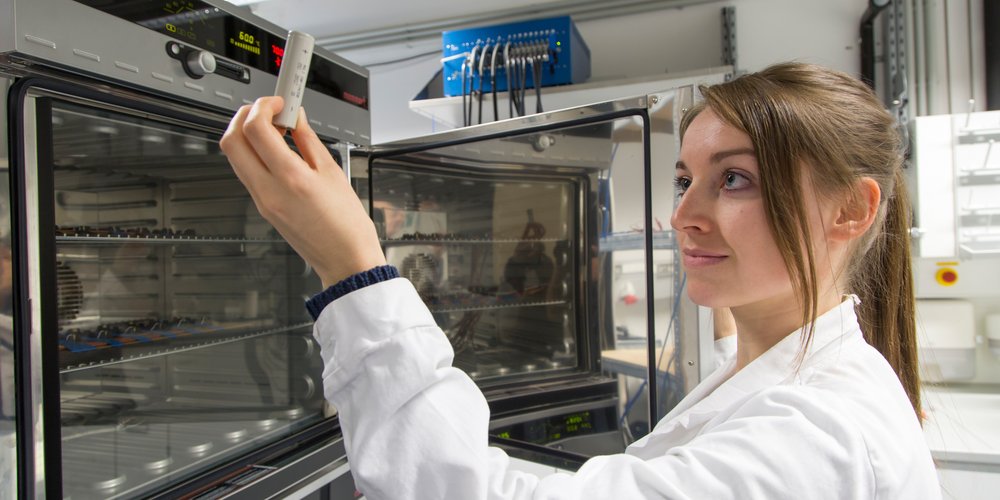Solid-state batteries are currently the most promising technology helping to pave the way for the breakthrough of electric mobility. Batteries containing solid-state electrolytes, in which the lithium ions move between the electrodes, are the Holy Grail of solid-state battery research. Such systems have clear advantages over conventional lithium-ion batteries, which contain liquid electrolytes. Solid-state solutions have a higher energy density and are significantly safer due to their non-flammable components.
However, what was missing until now were suitable materials with conductivity levels comparable to liquid electrolytes. Together with colleagues from the Technical University of Munich and UCLouvain in Belgium, TU Graz researchers have now published details of a promising crystalline ionic conductor which exhibits remarkably high lithium-ion mobility, in the journal Chem. The diffusion coefficient exceeds that of the other most likely candidates currently being researched.
Ions searching in vain for a place to rest
The new ionic conductor is a lithium-titanium thiophosphate named LTPS, has an unusual crystalline structure characterised by what is known as “geometric frustration”. In contrast to other ionic conductors, this conductor offers no energetically highly favourable sites for the ions to occupy. They are never satisfied with their current position which creates a state of “frustration”. Calculations made by Geoffroy Hautier’s research team at UCLouvain in Belgium reveal that this frustration of the ions results in exceptionally high lithium mobility.
“This high ionic mobility is exactly what we’re after for use in solid-state electrolytes for solid-state batteries,” explains Martin Wilkening from TU Graz’s Institute for Chemistry and Technology of Materials and Director of the university’s Christian Doppler Laboratory for Lithium Batteries.
Further details about the study as well as the link to the paper are available in a press release of the TU Graz.
